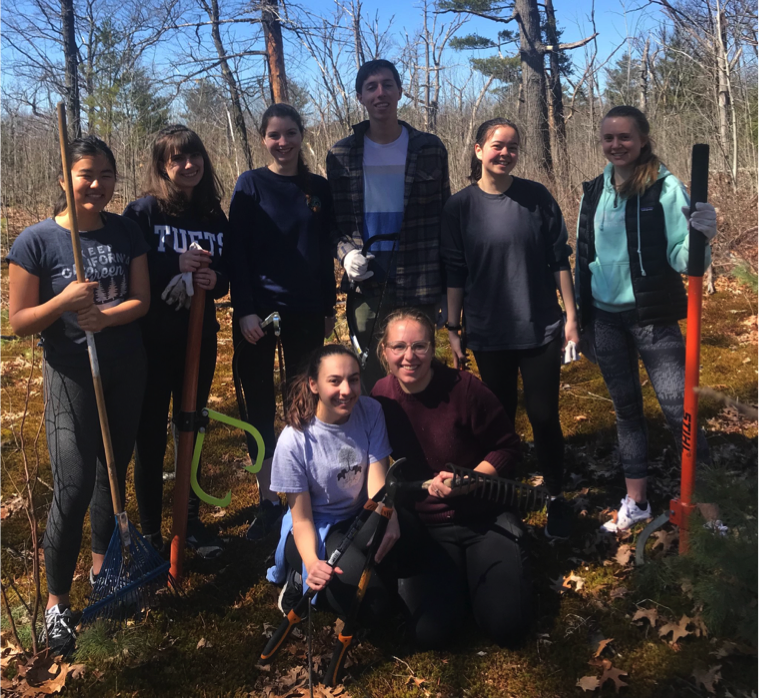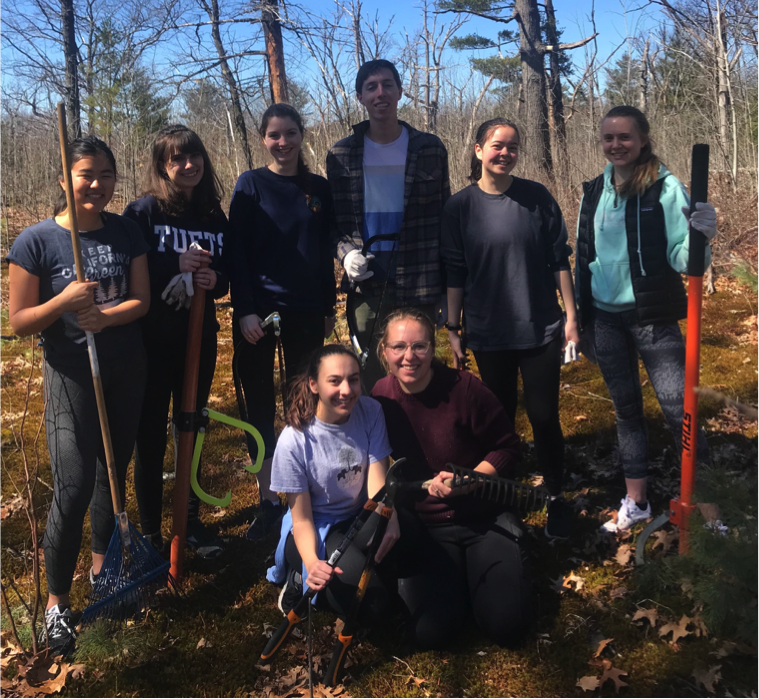
Colleges and universities stand on the frontline of sustainability research, technology, and activism. Economic powerhouses, colleges and universities employ more than 3 million people and spend $11 billion on building construction and $6 billion on energy costs annually. Perhaps even more importantly, they enroll 18 million of our future lawyers, doctors, business leaders, policy makers, and technology creators each year.(1) Academic institutions are incubators of our future leaders, and since the turn of the century, they have begun to recognize the power that they have to create a green future. More and more institutions are assessing their own footprints, setting ambitious goals to decrease their energy and land use, increasing research into environmental problems and sustainable technologies, and creating thorough environmental curriculums.
In many cases, this recent trend towards campus sustainability has taken the form of campus sustainability plans. These plans outline a college or university’s sustainability goals, considering multidimensional issues such as: academics, land use, campus operation, energy, and equity. Hundreds of campuses already have some form of campus sustainability plan in place, and dozens more are in the process of creating one.(2)
One concrete goal frequently included in sustainability plans is carbon neutrality. This is when a business or school has ‘net zero carbon footprint’, or offsets an equal amount of carbon as they emit. A major proponent of this policy is The American College and University Presidents’ Commitment, which was created in 2009. Signee institutions commit to the goal of net zero greenhouse gas emissions and to increase their research and educational efforts to “equip society to re-stabilize the Earth’s climate.” Including its 12 founding signatories, 697 institutions have signed the commitment, and the number is only rising.(3)
It isn’t simply college and university administrations that are leading a push for sustainable advancement. Student voices play an important part in shaping university policies, and those voices are increasingly aware of global climate and environmental concerns. While only 46% of United States population age 18 and older believe that “there is solid evidence the Earth is getting warmer, mostly due to human activity”, a solid majority, 60%, of adults age 18 to 29 believe the same. An impressive 72% of that same age group support cutting power plant emissions.(4) Today’s college aged population is more educated on the effect humans have on the planet, and on the importance of cutting emissions, than ever before. While this must partly be a reflection of the growing emphasis of environmental studies and sustainable policy at higher institutions, the situation is one of positive feedback; the more students understand the pressing danger of environmental disaster, the more they pressure college administrations to be leaders in sustainability.
The result of this rise in student-aged awareness of climate issues is an emerging number of fervent student led environmental organizations. At Tufts University, a mid sized institution of about 5500 undergraduates, there are two separate environmental based student groups: Students for Environmental Awareness (SEA) and Tufts Climate Action (TCA). While SEA works more generally, raising awareness of environmental topics, fundraising for local nonprofits, and educating, TCA works with the goal of getting the university to divest from fossil fuels. In addition to the two student led groups, there is another organization, Eco-Reps, which is sponsored by the school. Eco-Reps work to increase dorm and campus sustainability. Among many other things, Eco-Reps are in charge of dorm composting. Also present on campus are a branch of Environment America and the Climate Reality Project, which both are pushing for the school to commit to 100% renewable energy. With a plethora of environmentally focused groups, Tufts almost always has some sustainable-themed event from week to week. Through their passionate activism, students at Tufts ensure that sustainability is a constant conversation at the university. They hold the school responsible for its environmental footprint, pressure it to be better, and if it missteps, they are unashamed to voice their dissent.
Tufts is far from a unique case in student environmental activism. Across the country, colleges and university students are actively working to make their institutions more environmentally conscious. Soli understands the power that these young people wield. By partnering with colleges and universities, Soli works for the benefit of all involved. When consumers buy through the SoliPoints app, Soli buys and retires carbon credits. When students do this while registered with a partner university, these retired credits go under the name of the institution. Through this process, Soli not only helps higher institutions to reach their ambitious carbon neutrality goals, it takes carbon credits off the market, and pushes the impact of our consumerism to the forefront of students’ minds. It encourages people to think about the carbon footprint of their spending.
(1) Elder, James, and MacGregor, Jean. “The Sustainability Movement in Higher Education: An Overview.” Mobilizing STEM Education for a Sustainable Future, Dec 2008. http://mobilizingstem.wceruw.org/documents/The%20sustainaiblity%20Movement%20and%20Appendices.pdf
(2) White, Stacey Swearingen. “Campus sustainability plans in the United States: where, what, and how to evaluate?.” International Journal of Sustainability in Higher Education, 01 April 2014, Vol.15(2), pp.228-141.
(3) “The Presidents’ Climate Leadership Commitments.” secondnature.org, Second Nature, https://secondnature.org/what-we-do/climate-leadership/.
(4) Funk, Cary, and Lee Rainie. “Chapter 2: Climate Change and Energy Issues.” Pew Research Center: Internet, Science & Tech, Pew Research Center, 1 July 2015, www.pewinternet.org/2015/07/01/chapter-2-climate-change-and-energy-issues/.

